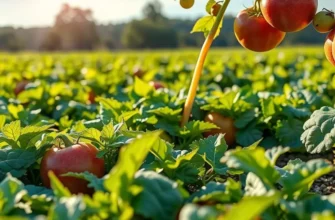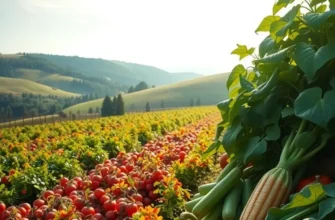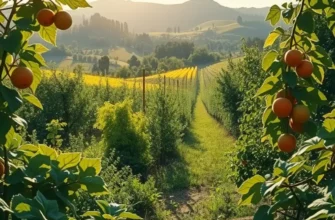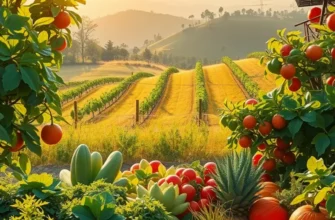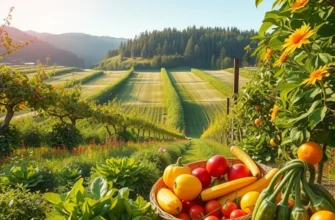Avocados are beloved for their creamy texture and nutritional benefits, but they have a notoriously short shelf life. Learning how to extend their freshness can help minimize waste and keep your kitchen running smoothly. This guide presents you with practical strategies for safe storage, ensuring that your avocados remain delicious longer.
Choosing the Right Avocado

Selecting the perfect avocado can make all the difference in maintaining its freshness. Each avocado’s condition begins with how it is picked at the store or market. Understanding how to choose one with the right ripeness is essential for optimizing storage potential and longevity.
When you approach the avocado section, you’ll notice they vary in firmness and color. It’s important to identify avocados that suit your immediate needs. If you are planning to use the avocado soon, choose one that has a dark green to nearly black skin with a slightly bumpy texture. Gently press the fruit in your palm without using your fingertips to avoid bruising. It should yield to firm gentle pressure without feeling mushy.
For avocados that will be consumed several days later, select those with a lighter green color and a firmer texture. These avocados will require more time to ripen, allowing you greater flexibility in your meal planning. It’s important to consider the timing of your consumption to avoid premature spoilage.
Consider purchasing both ripe and underripe avocados during a single shopping trip. This strategy can ensure that you have a ripe avocado ready whenever needed while allowing the others to mature gradually. For those who regularly consume avocados, this practice minimizes waste and enhances freshness.
Another factor to consider is the quality of the avocado. Check for any blemishes, cuts, or dark spots. A pristine skin is indicative of a healthy fruit, as even minor blemishes can signify underlying spoilage or overhandling. Look for the small stem at the top; if it’s easily removed and the area underneath is green, your avocado is in good condition. However, a brown stem scar may suggest that the fruit is overripe.
The size of the avocado should also be factored into your decision-making. Larger avocados might be suitable for gatherings or recipes that require more fruit. Smaller ones can be ideal for individual servings, ensuring less exposure to air and reduced oxidation once cut.
Remember, purchasing and storing avocados can be part of a broader food storage strategy aimed at reducing waste. For further insights on storage practices that emphasize eco-friendliness, explore our eco-smart kitchen storage guide.
Ultimately, thoughtful selection extends the life of your avocados, making how you choose them foundational to their preservation. Being mindful of their ripeness and quality will allow you to enjoy fresh, nutritious avocados over a longer period, aligning convenience with sustainability.
Best Storage Practices

Selecting the perfect avocado is only half the battle. Proper storage of these delicate fruits can greatly extend their freshness whether they’re whole or cut. Understanding how to store avocados correctly is crucial, ensuring they remain as appealing and nutritious as possible.
Whole avocados are relatively easy to manage if kept unripe. To delay ripening, place them in the refrigerator. This cool environment slows the avocado’s natural process, providing more time before it reaches prime ripeness. It’s a simple yet effective method that can add several days to their shelf life.
Ripe avocados, however, demand a different approach. If you’ve already got a ripe avocado, store it in the fridge immediately. This will help maintain the perfect level of ripeness for a few extra days. Keeping ripe avocados at room temperature hastens overripeness, so refrigeration is key here.
For cut avocados, exposure to air is their primary enemy, causing them to brown rapidly. To counteract this, use lemon juice, a natural antioxidant that helps preserve color and freshness. After slicing the avocado, lightly brush lemon juice on the exposed flesh. This creates a barrier against oxidation.
In addition to lemon juice, plastic wrap is a helpful tool. Tightly wrap the avocado halves or slices in plastic. This minimizes their contact with air, further preventing browning. Ensure that no part of the flesh is exposed to maximize effectiveness.
Storing avocados in airtight containers also works well for cut pieces. This not only helps retain their color but also their texture. When placing them in the container, squeeze out as much air as possible before sealing.
To learn about sustainable kitchen storage methods that might benefit your avocados and other produce, explore eco-smart kitchen storage practices.
While these guidelines help maintain freshness, optimal storage requires attention to how long they stay in each setting. Assess ripening speed and use avocados promptly if possible. By employing these tactics, you’ll ensure that each avocado is as delicious and fresh as it was when first picked.
Final words
Prolonging the freshness of avocados requires attention to detail, from choosing the right fruit to applying effective storage practices. By selecting avocados that are perfect for your immediate needs and learning the best ways to keep them fresh, you can enjoy this nutrient-packed fruit longer without the worry of spoilage. Implementing these tips not only enhances your culinary experience but also helps minimize waste and improves your overall food management at home. Let these strategies guide you in savoring avocados at their best!


